Image above: The ISS in September 2000, courtesy NASA

By Burt Dicht
NSS Managing Director of Membership
On November 2, 2025, we will celebrate a remarkable milestone—25 years of continuous human presence in space. Since November 2, 2000, when Expedition 1 arrived aboard the International Space Station (ISS), Earth has never had all of its citizens residing on Earth. For a full quarter century, someone—somewhere above us—has been living off-planet.
When the ISS passes overhead, it’s easy to see it as just another bright dot in the night sky. But that light carries a deeper meaning—it’s a symbol of what humanity can achieve when we work together, dream boldly, and refuse to let the boundaries of our planet define us.
It’s easy to focus on the technology—the station’s intricate systems, power arrays, and modules that have kept it running for a generation. But what makes this anniversary truly remarkable is not the machinery, it’s the people. For 25 years, small rotating crews have circled the globe every 90 minutes, conducting experiments, maintaining the station, learning to live in space, and sharing a view of our world that few have so far experienced.
Several years ago, a friend was visiting me here on the Space Coast, and the timing was just right to see a SpaceX cargo resupply launch to the ISS. As we watched the rocket rise into the sky she asked what was aboard. I explained that it carried experiments, equipment, and supplies for the crew living on the ISS. After a few more questions, it became clear she didn’t realize that people were actually living there, a perspective shared by many Americans.
That shared moment reminded me how easily we take the legacy of the ISS for granted. For many, the space station has faded into the background. Yet, for a quarter century, the U.S. and its international partners have maintained a permanent human outpost in space.
The path to continuous human presence began many decades ago. In 1984, President Ronald Reagan initiated the development of a permanent space station called Freedom, setting in motion what would become the ISS. By the early 1990s, a change in the political landscape led the Freedom concept to be merged with Russian, European, and Japanese space station projects in the 1990s, leading to the multinational vision for the ISS.
The first segment, Russia’s Zarya module, launched on November 20, 1998, and would provide initial power, propulsion, and docking capabilities. The U.S.-built Unity Node 1 was launched and connected to Zarya in December 1998, marking the first international assembly in orbit. The Russian Zvezda service module was added in mid-2000, enabling permanent human habitation. After launching aboard a Soyuz spacecraft on Oct 31, 2000, the first crew to occupy the ISS, consisting of NASA astronaut Bill Shepherd and ROSCOSMOS cosmonauts Sergei Krikalev and Yuri Gidzenko, boarded the station as Expedition 1. The station has been continuously occupied ever since.
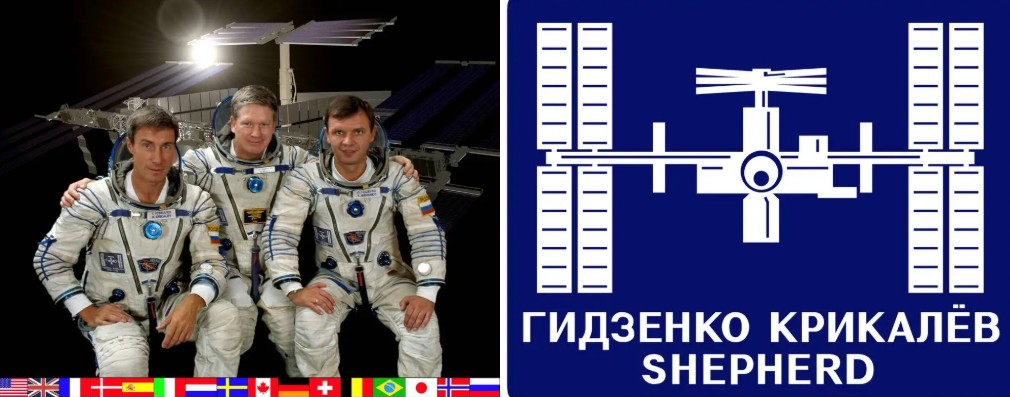
Expedition 73 is now occupying the ISS and to date more than 280 people from 27 nations have lived aboard the station. They’ve conducted groundbreaking research, celebrated holidays, observed Earth’s weather systems, peered out at the wonders of space, shared meals across cultures, and built friendships in a place without borders. Each crew rotation, which occurs every six months, quietly reinforces a profound fact: we are no longer a planet-bound species.
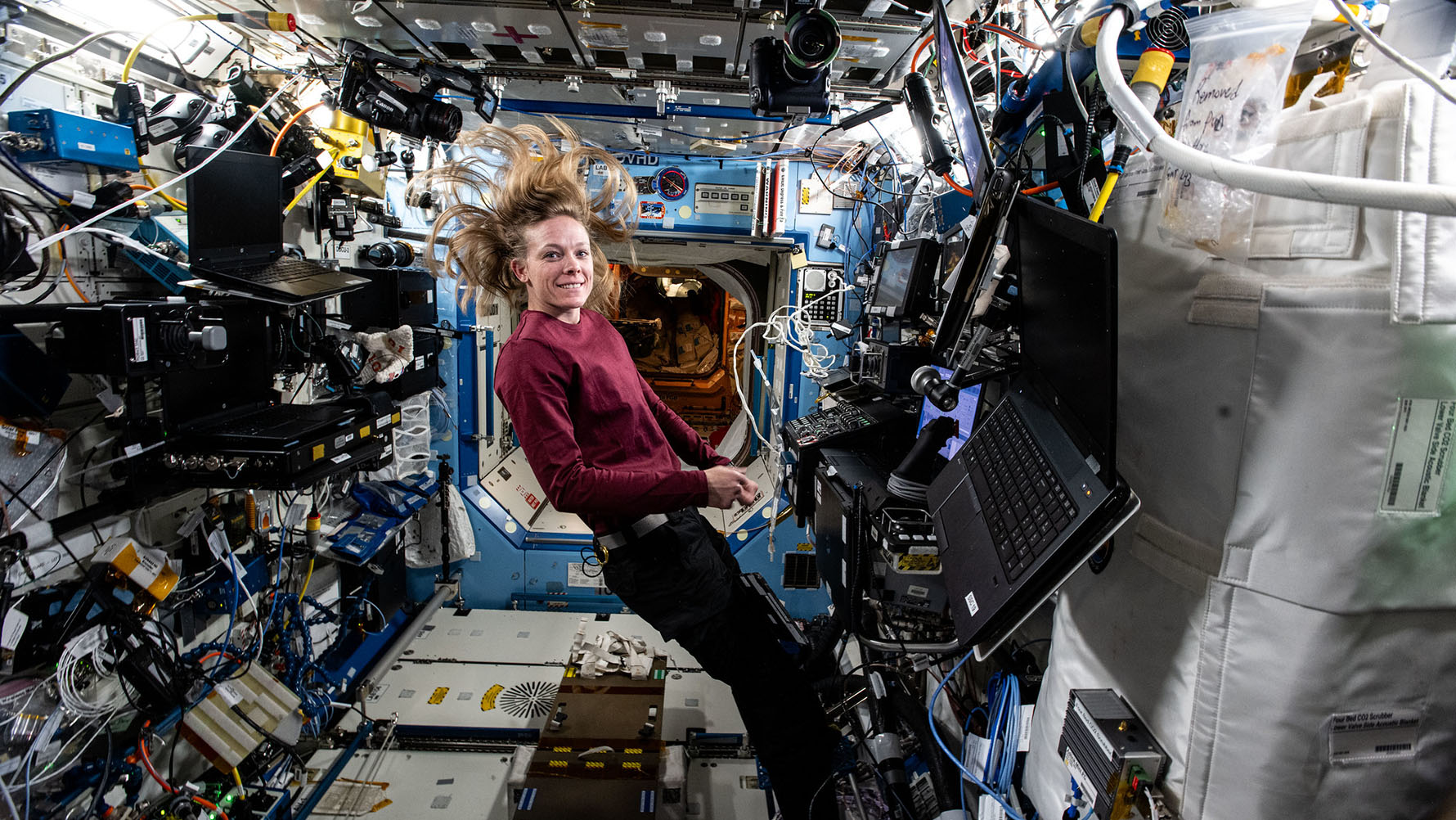
Daily life aboard the ISS is a blend of science, survival and routine. Astronauts conduct thousands of experiments that advance medicine, materials science, and physics, all while maintaining their own health and the station’s many intricate systems. They exercise two hours a day (keeping their muscles strong), repair equipment, and connect with loved ones back on Earth.
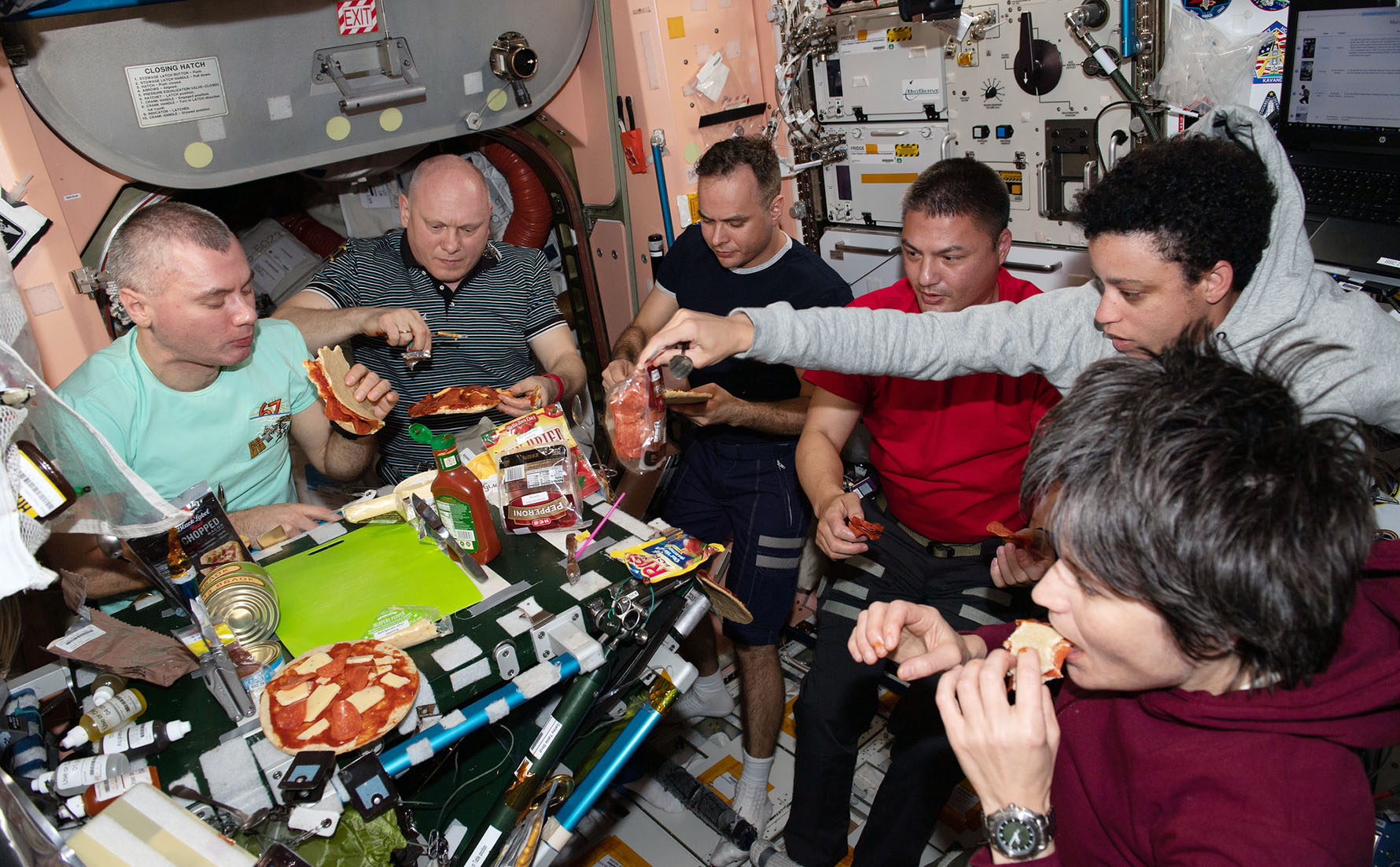
Psychologically, it’s both isolating and inspiring. Many astronauts describe the “Overview Effect”—a phrase coined by NSS board member Frank White, that highlights a shift in perspective when seeing Earth as one fragile, interconnected world. Down below, their families adapt to life apart, aware that their loved ones are 250 miles above in an environment where everything depends on preparation, teamwork, and trust.
The ISS is far more than a science platform; it’s one of humanity’s greatest examples of peaceful cooperation. Fifteen nations worked together to build and sustain it, and more than 100 countries have participated in research aboard. For over two decades, it has served as a bridge between former rivals and a model for international partnership.
Its research legacy is equally impressive—over 4,000 experiments in biology, physics, materials, and medicine. Each one contributes not only to our knowledge, technologies and skills we’ll need as we move farther into the solar system, but also benefits us on Earth. To learn more about ISS applications check out the NSS Blog post from September 21: In Space for Earth: Breakthroughs from the ISS.
As we celebrate 25 years of humans living off-Earth, we also look toward what comes next. The ISS has been our proving ground for long-duration flight, helping us understand how to live and work in space. The lessons learned aboard the station will guide future missions to the Moon, Mars, and beyond.
The space station’s eventual retirement will mark the end of one chapter, but not the story of living off-world. New commercial space stations are currently under development, ensuring that humanity’s presence in orbit continues. The ISS has shown us that living in space is possible—and sustainable.
This anniversary is more than a milestone of engineering—it’s a cultural turning point. For 25 years, we have sustained a continuous human presence in space. That’s a fact worth pausing to consider. We have quietly crossed a threshold in human history: Earth is no longer the only place where people live and space is truly our new frontier.
Further Reading and Events
- issinrealtime.org for a real-time glimpse of life aboard the ISS; follow the crew’s activities as they happen and look back at the last 25 years.
- nasa.gov/spot-the-station is the official NASA app that helps users track and receive notifications for International Space Station viewing
- Ad Astra 2025 4th Quarter, to be published in December, will feature stories about the ISS—its legacy, its people, and its future.
- Three fine books chronicle life aboard the ISS and what it means: Endurance by Scott Kelly, An Astronaut’s Guide to Life on Earth by Chris Hadfield, and How to Astronaut by Terry Virts.
- The NSS Space Forum on November 20, “Alternatives to Deorbiting the ISS: Repurposing an International Treasure” presented by David Cheuvront (NASA JSC – Retired). It will be available soon on the NSS YouTube Channel.
- Issabove.com downlinks live views from the ISS in hi-definition video 24/7.
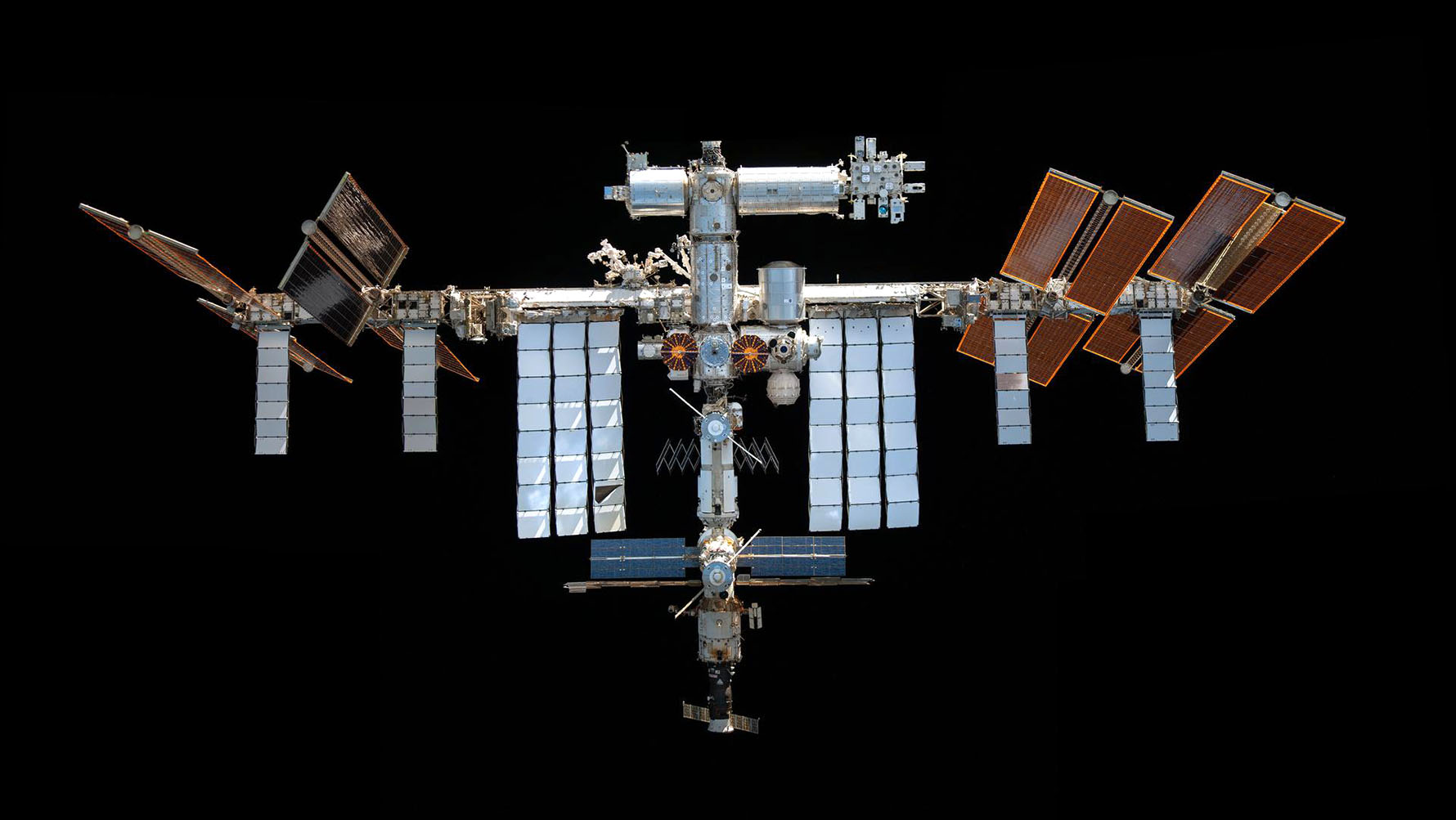

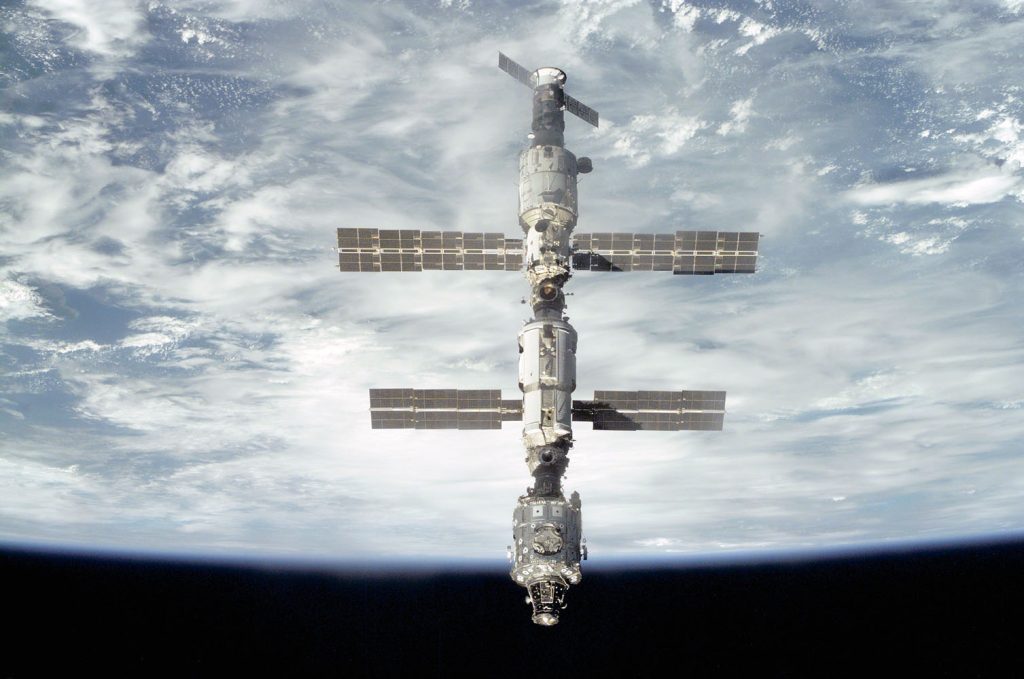


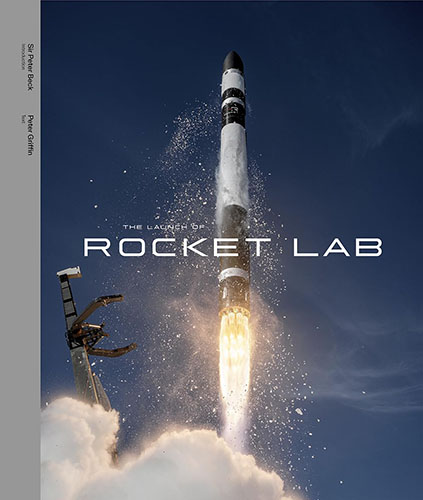
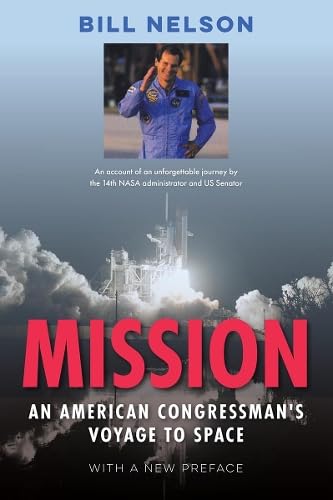

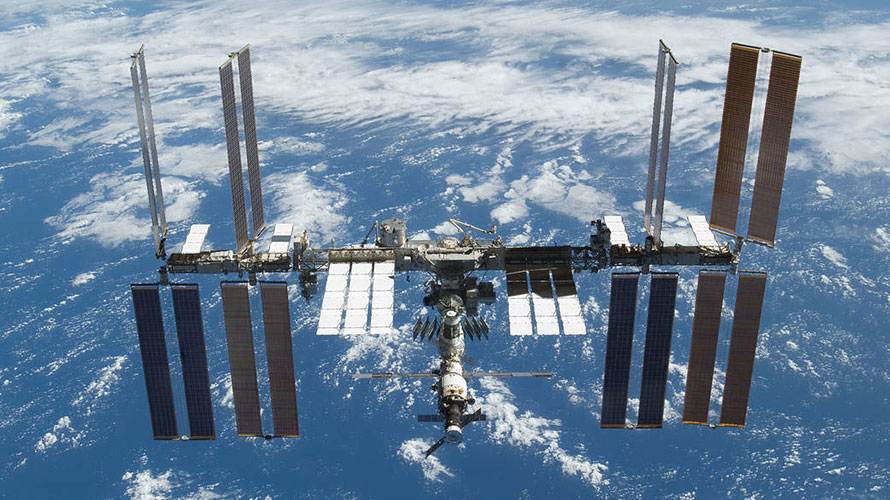

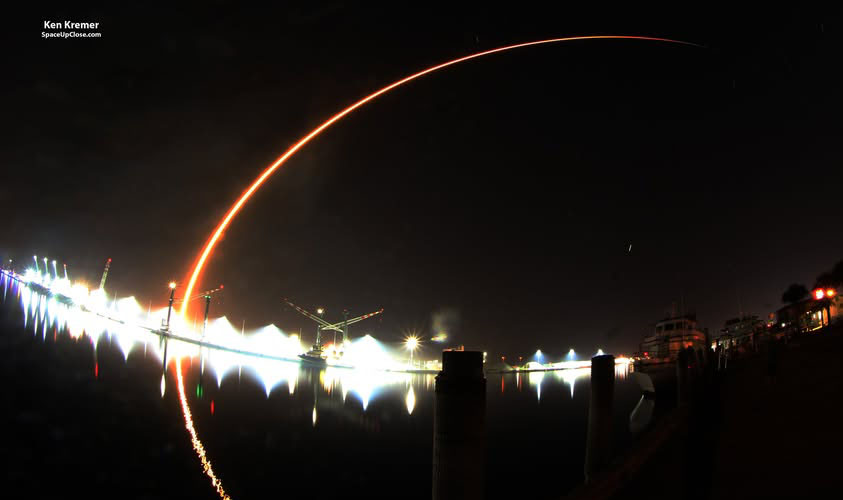

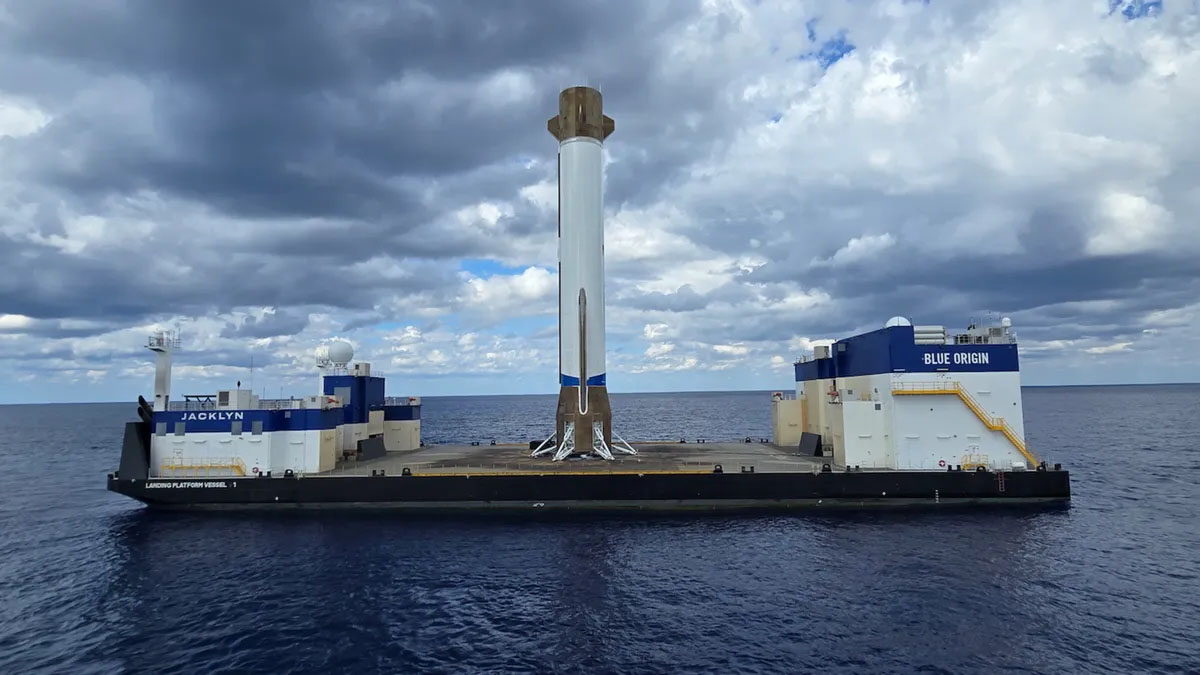
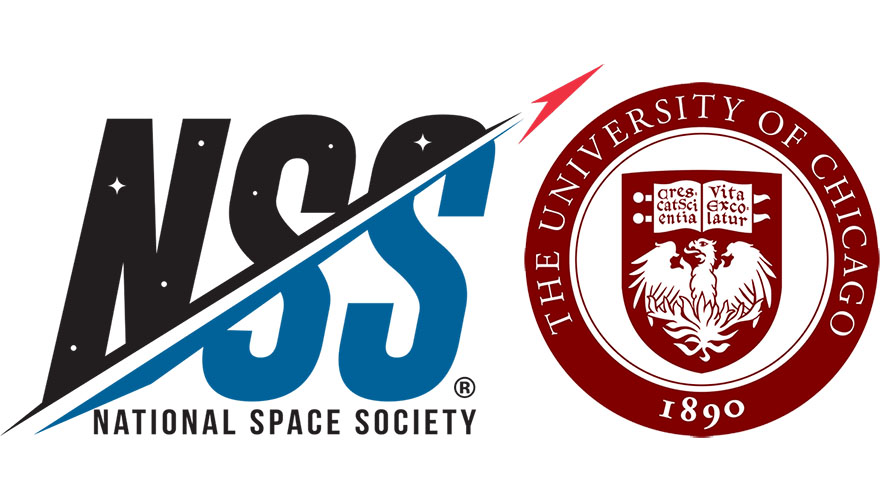
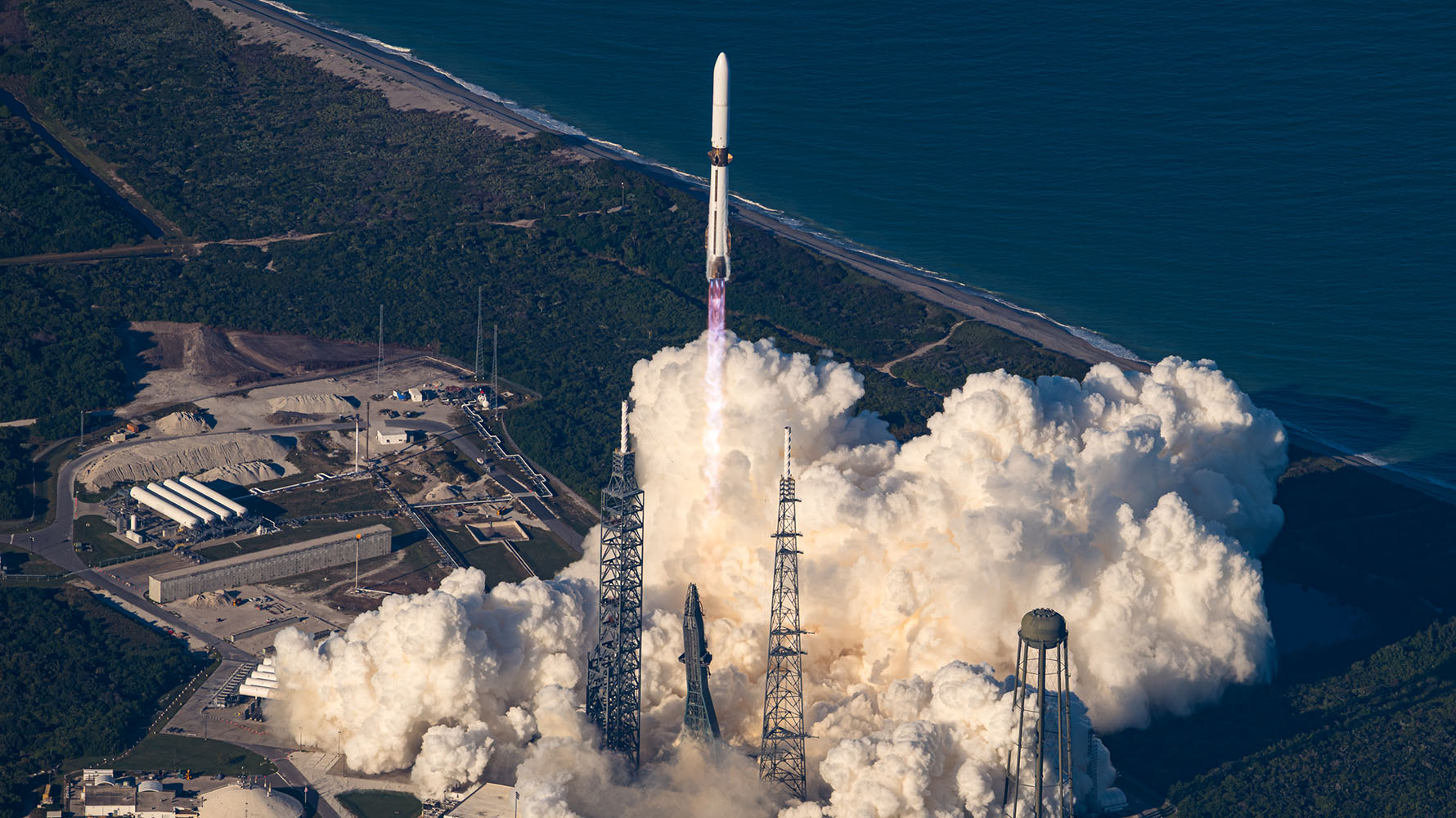
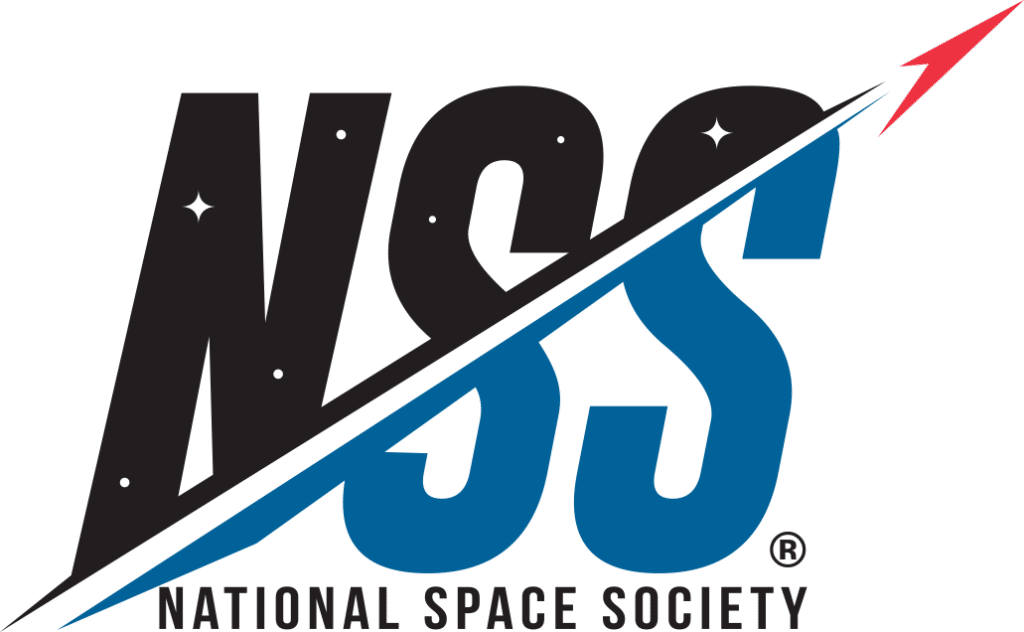

2 thoughts on “25 Years of Humans Off-Earth”
Was about to suggest heavens-above.com, which features the station’s location on the home page. But I’m getting a ‘problem loading page’ message. Hope it’s temporary.
Seems to be working fine now. Thanks!